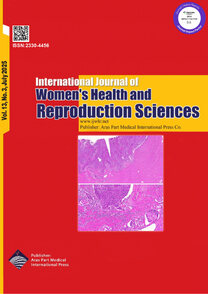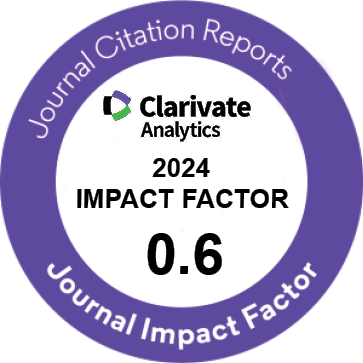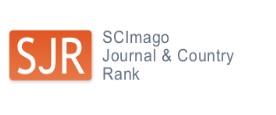| Original Article | |
| Evaluating the Effect of Chamomile on Ovulation Induction in Women With Polycystic Ovary Syndrome: A Clinical Trial | |
| Malihe Afiat1, Naghmeh Khorsand1, Azam Akbari Lor2, Mona Najaf Najafi3, Masumeh Ghazanfarpour4 | |
| 1Milad Infertility Center, Mashhad University of Medical Sciences, Mashhad, Iran 2Department of Obstetrics and Gynecology, Gonabad University of Medical Sciences, Gonabad, Iran 3Imam Reza Clinical Research Units, Mashhad University of Medical Sciences, Mashhad, Iran 4Department of Nursing and Midwifery, Kerman University of Medical Sciences, Kerman, Iran |
|
|
DOI: 10.15296/ijwhr.2023.31 Viewed : 3053 times Downloaded : 6927 times. Keywords : Polycystic ovary syndrome, Chamomile, Ovulation induction |
|
| Full Text(PDF) | Related Articles | |
| Abstract | |
Objectives: Polycystic ovary syndrome (PCOS) is one of the most common endocrine diseases among women, causing oligomenorrhea and symptoms of hyperandrogenism. This study aimed to evaluate the effect of chamomile on ovulation induction in patients with PCOS. Materials and Methods: This randomized clinical trial included 70 patients with a diagnosis of PCOS according to the Rotterdam criteria. The samples were selected from patients referred to a specialty clinic in Mashhad, Iran from 2017 to 2018R. Patients were randomly assigned into two groups of intervention and control. While the intervention group received two chamomile capsules (500 mg) daily for three months, the control group received two placebo capsules daily for three months. Both groups underwent ultrasounds on days 3 and 12 of the first and third cycles. The collected data were analyzed using SPSS software version 20. Results: The mean age of patients in the control and intervention groups was 28.06 ± 5.71 and 25.43 ± 5.58 years, respectively. There was no significant difference between the two groups in terms of age and body mass index (BMI) before treatment. Ovarian volume on day 12 of the third cycle was significantly lower in the intervention group (P = 0.01). The number of dominant follicles in the intervention group was significantly higher after treatment (P = 0.02). While hirsutism improved in the chamomile group (P = 0.028), there was no significant difference between the two groups in terms of testosterone levels (P = 0.894). Conclusions: According to our results, chamomile treatment regimen could increase the dominant follicle, and thus affect the induction of ovulation in patients with PCOS. |
Cite By, Google Scholar
Google Scholar
PubMed
Online Submission System
 IJWHR ENDNOTE ® Style
IJWHR ENDNOTE ® Style
 Tutorials
Tutorials
 Publication Charge
Women's Reproductive Health Research Center
About Journal
Publication Charge
Women's Reproductive Health Research Center
About Journal
Aras Part Medical International Press Editor-in-Chief
Arash Khaki
Mertihan Kurdoglu Deputy Editor
Zafer Akan






















